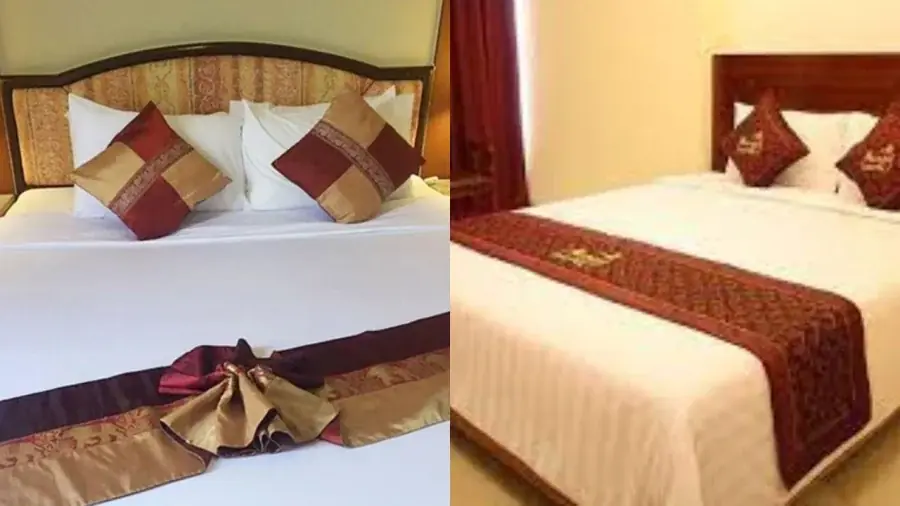
Has anyone ever wondered about this?
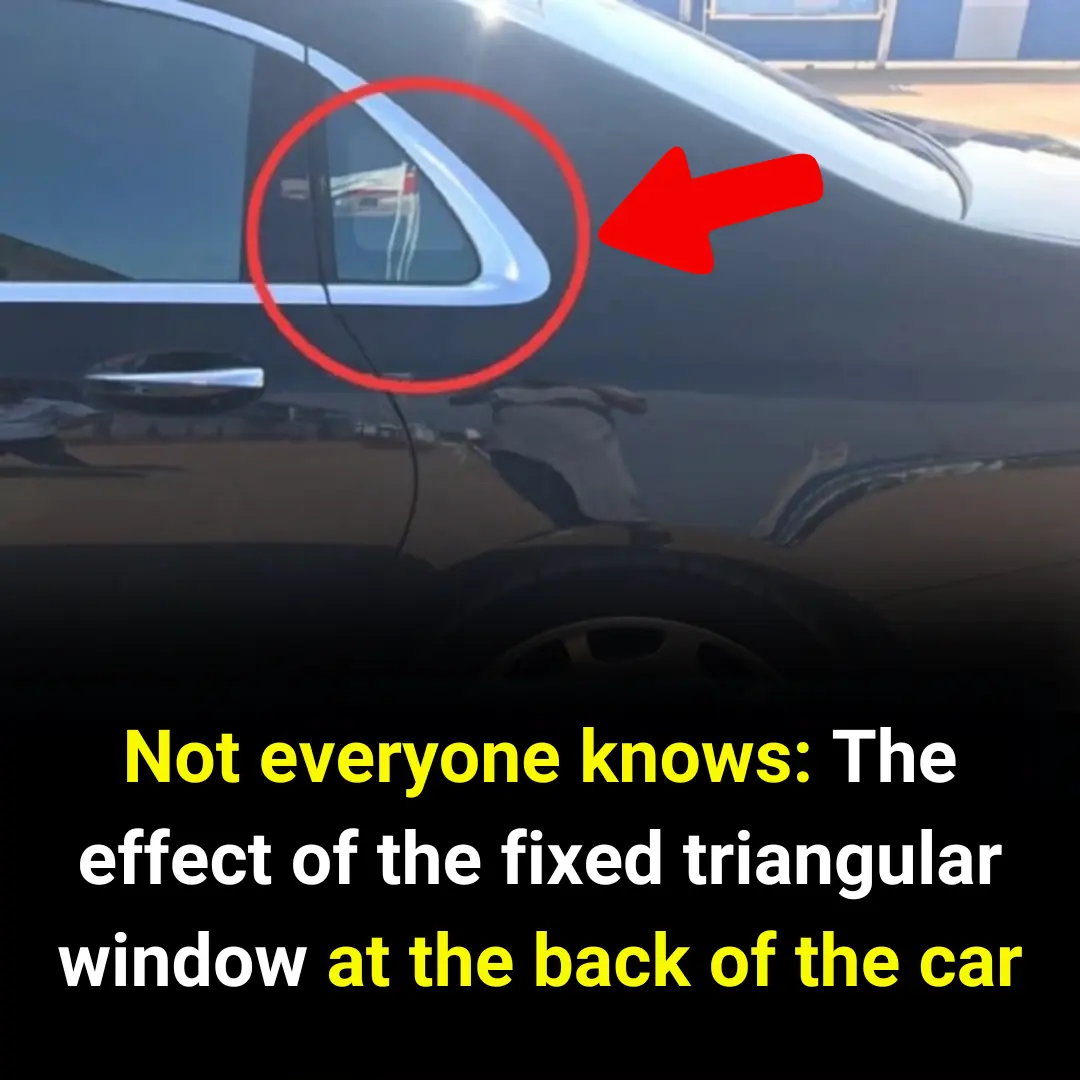
From high-end luxury cars to compact vehicles costing just a few thousand dollars many models feature a fixed triangular window at the rear side.
After more than 100 years of automotive development, vehicle design has become more refined, and the addition of windshields now serves not only to let light into the cabin but also to improve safety. In the past, cars only had six main windows, but now manufacturers have added triangular glass panels as well.
A fixed window can be understood as a non-adjustable piece of glass—meaning it can’t be rolled up or down and remains in a fixed position. Depending on the car's style and design, a vehicle may have one or both types of fixed windows. This seemingly minor detail actually serves multiple surprising purposes that few people are aware of.
1. Improves Driver Visibility
The triangular glass panel located next to the A-pillar is installed mainly to eliminate blind spots caused by the steep angle of the front windshield. Though small, this triangular window allows the driver to see obstacles in the vehicle’s blind spots and helps reduce the chance of collisions. Additionally, fixed windows help rear passengers feel more comfortable and add to the vehicle’s aesthetic and design.
If this triangular glass were removed, the A-pillar would have to be made wider, potentially blocking the driver's view and making it harder to see blind spots on both sides through the front windshield.
2. Supports Ventilation
The triangular window, also known as the "quarter window," dates back to the 1950s. Back then, it acted as a small opening that directed outside air into the cabin for cooling. The term "quarter window" comes from the fact that its size is about a quarter of the main window and is typically triangular.
This type of glass was extremely common until air conditioning became widespread. As carmakers aimed to optimize fuel efficiency and streamline car design, the use of triangular windows for ventilation gradually disappeared.
3. Shock Absorption Function
Don't underestimate the triangular window near the A-pillar. This small but sturdy glass piece is designed to help absorb shocks. During driving, the car body naturally vibrates, and this small window can help reduce some of that vibration.
4. Structural Support
Triangular windows are designed to enhance stability and provide structural reinforcement. To avoid obstructing the driver’s view, automakers often narrow the A-pillar and install triangular windows next to it. These windows help strengthen the A-pillar and improve the overall structural integrity of the vehicle.
Though it may appear to be just a decorative piece of glass, this small triangular window significantly increases natural light inside the car and serves as a structural support. It’s actually one of the most expensive types of glass used in cars and involves more technical design than regular windshields.
The fixed glass frame is necessary because sliding windows are limited in size—they must fit entirely within the rear car door and cannot extend too far. Additionally, rear doors are often not as square as front doors, typically sloping slightly to accommodate the fuel tank and rear wheel wells.
Today, most sedan and hatchback models feature fixed windows, especially since these cars lack a D-pillar. Some compact cars even eliminate fixed rear windows altogether. On the other hand, SUVs and crossovers usually have fixed triangular windows integrated into the vehicle body by default.
Some coupe models with enclosed roofs and small rear seat windows often use fully fixed glass as well.

News in the same category


Here’s What Happens When You Use Vaseline as a Moisturizer

One Twin Is Vegetarian, the Other Eats Meat — Who’s Healthier? A Study Reveals a Surprising Result

These 5 people should absolutely a.void eating jackfruit

My wife keeps toilet paper rolls in the fridge
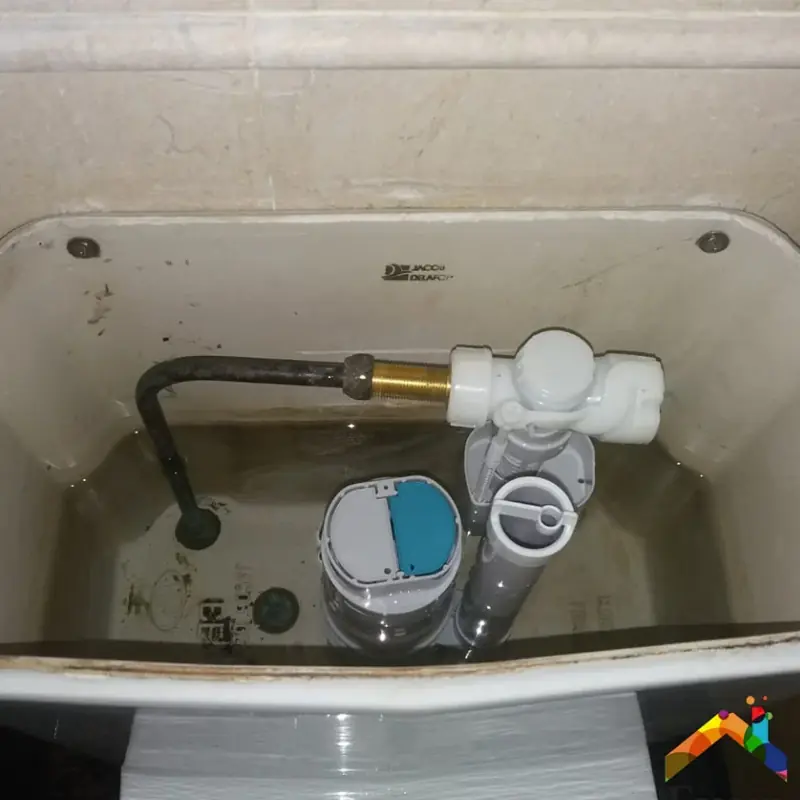
Toilet flushing weak and no suction?

Seemingly Harmless Charging Habits That Are Shortening Your Phone's Battery Life – Stop Now

Growing This One Herb at Home Can Repel Mosquitoes, Clear Bad Energy, Prevent Hair Loss, and Boost Hair Growth
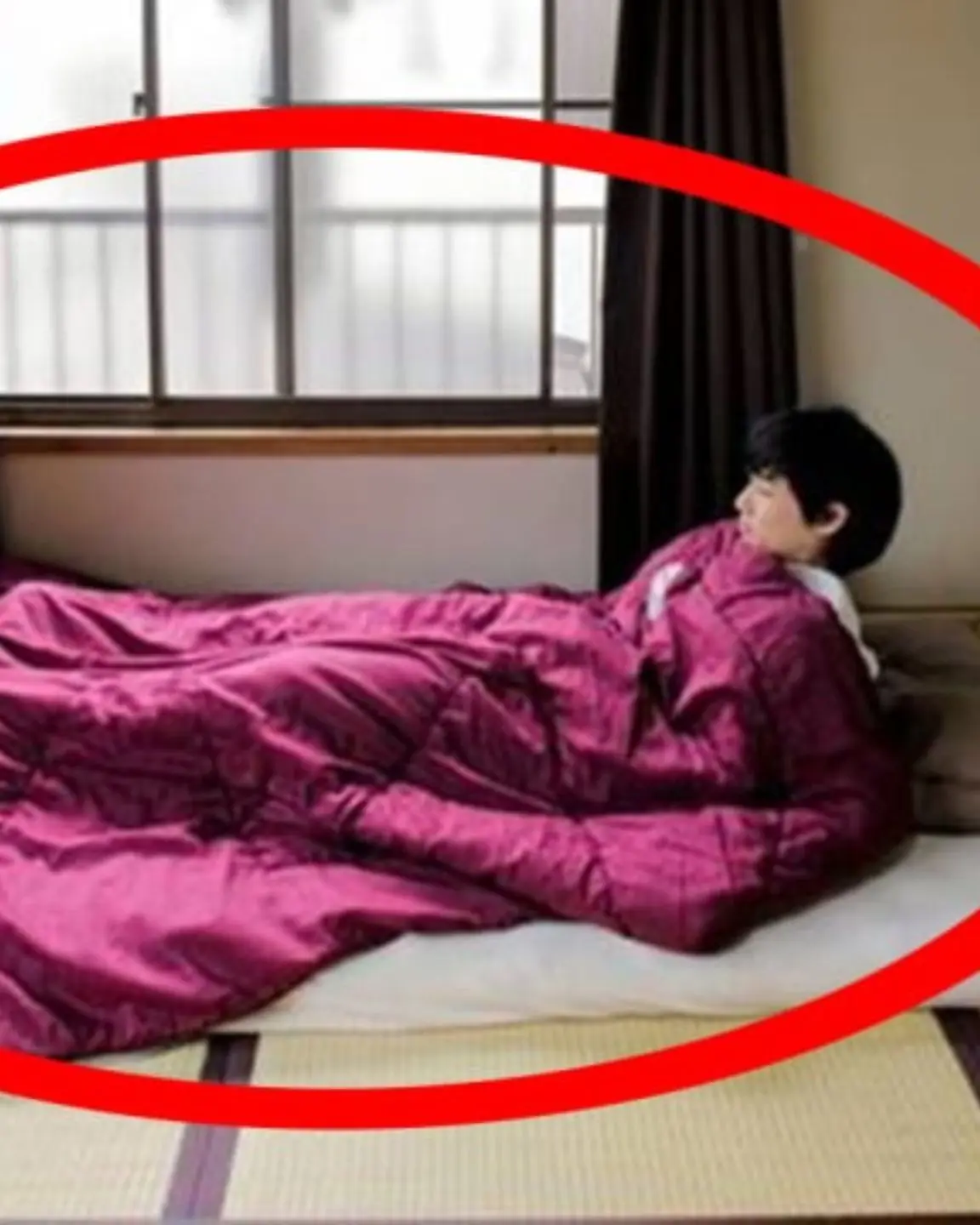
Why do Japanese people prefer sleeping on the floor rather than on beds?
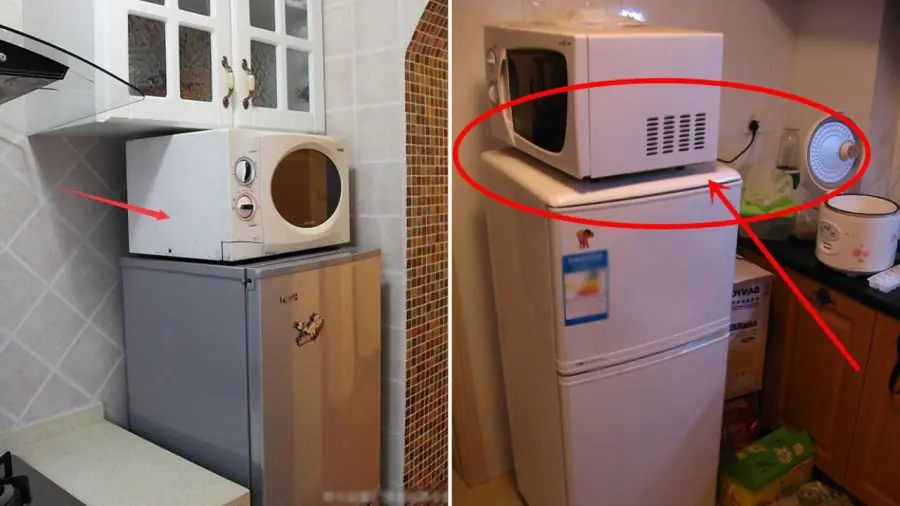
3 things you should never place on top of your refrigerator

99% of people don't know what Container Paint Color does – The Secret of Color

Must avoid

A Fish Called the "Ginseng of the Sea": Cheaper Than Meat, More Nutritious Than Bird’s Nest – Often Overlooked

Woman with Rare Autoimmune Dis.ease Has 'Unforgettable' Wedding Thanks to $50K Worth of Donations
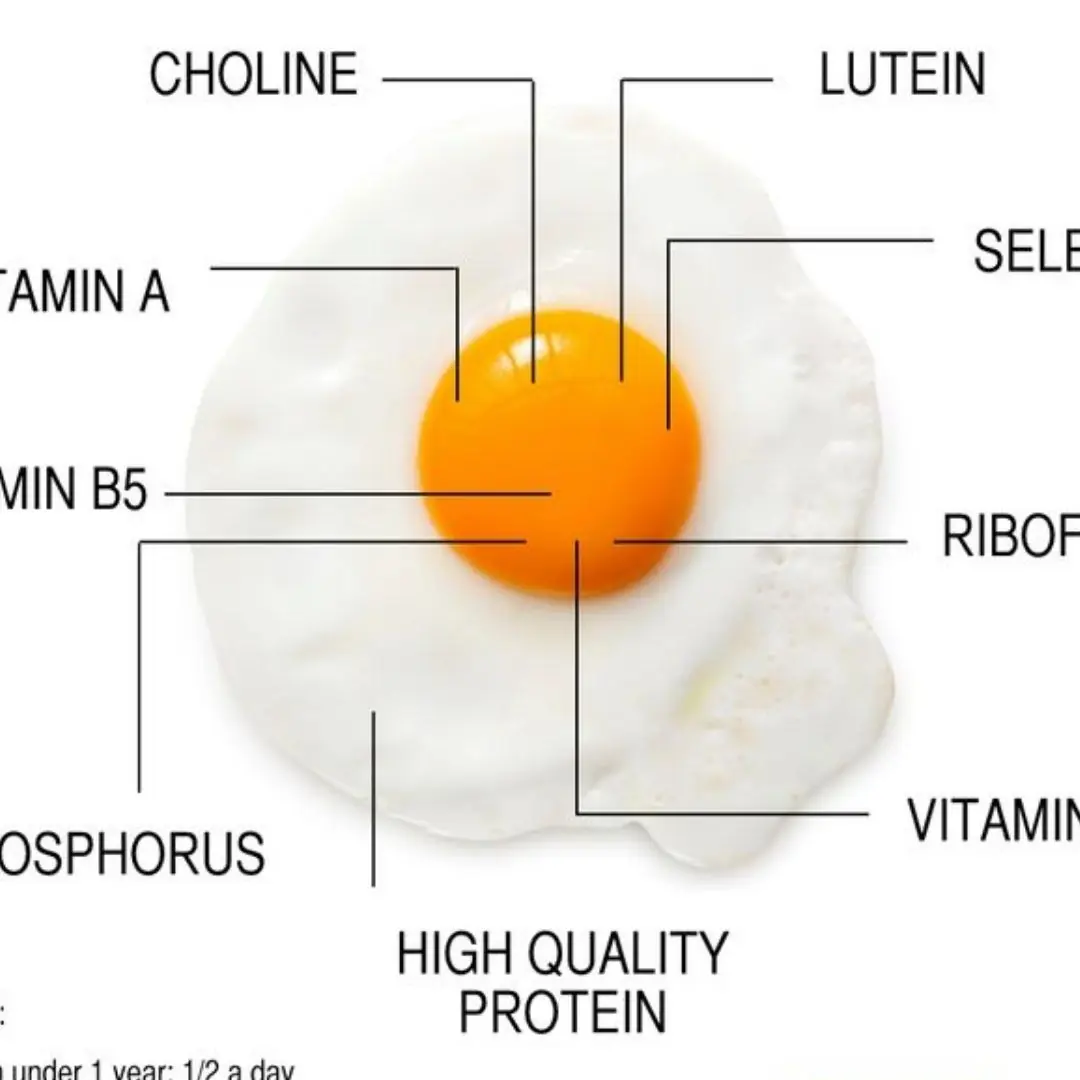
Surprised by a series of unexpected changes to your body if you eat eggs every day?

There are two round holes on the plug, and their magical use is little known.

I Cri.ed Upon Seeing the Bank Statement

There Are 4 Parts of a Pig That Seem 'Delicious' But Should Actually Be Thrown Away

Using Public Wi-Fi Without Knowing This Could One Day Wipe Out Your Entire Bank Account
News Post

The Number of Squares You See Will Reveal Your Biggest Flaw?

Why Do Hotels Always Provide Two Pillows Per Person? Turns Out, They're Not Being Excessive — We’ve Just Been Using Them Wrong
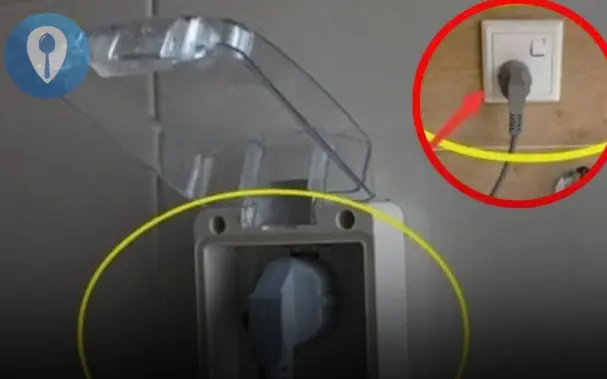
Be sure to unplug to reduce electricity bill

Add One of These 3 Ingredients to Your Rice Cooker – You’ll Never Want to Cook Rice the Old Way Again

Cooking Eggs the Wrong Way Can Be Like "Poi.soning" Your Body – Mistake #2 Is Especially Common!

Why Do Healthy People Suddenly Die After Being Diagnosed with Can.cer? Doctors Explain the Reasons

Do Birth Control pi.lls Cause Stro.ke in Women? Important Safety Reminders When Using Contraceptive pi.lls

Dull abdominal pain, abdominal pain around the navel, be careful because you may have this disease

Paralytic ileus: Causes, symptoms, treatment and prevention

Don't Just Use Sugar and Fish Sauce for Marinated Grilled Meat — Add This Liquid for Tender, Flavor-Packed Pork You’ll Never Forget

A Logic Puzzle That Stumped Many — Can You Solve It?

8 Early Warning Signs of Kid.ney Failure – Young People Should Also Stay Alert
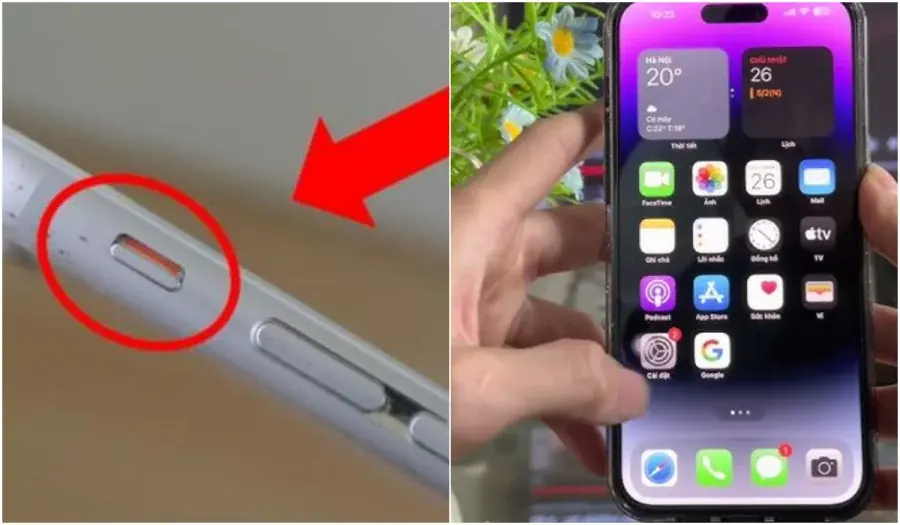
Your Phone's Volume Buttons Aren’t Just for Adjusting Sound: 5 Hidden Functions You Might Be Missing

7 Persistent 'Minor Illnesses' That May Signal Can.cer – Don’t Ignore Them!

What happens to your bo.dy when you frequently stay up late?

Here’s What Happens When You Use Vaseline as a Moisturizer

5 types of drinks that help lower blo.od sugar quickly

Great tip every family needs

Experts explain why sleeping in a car can be f.a.t.a.l
